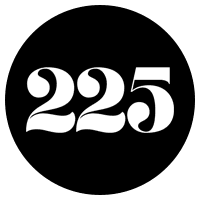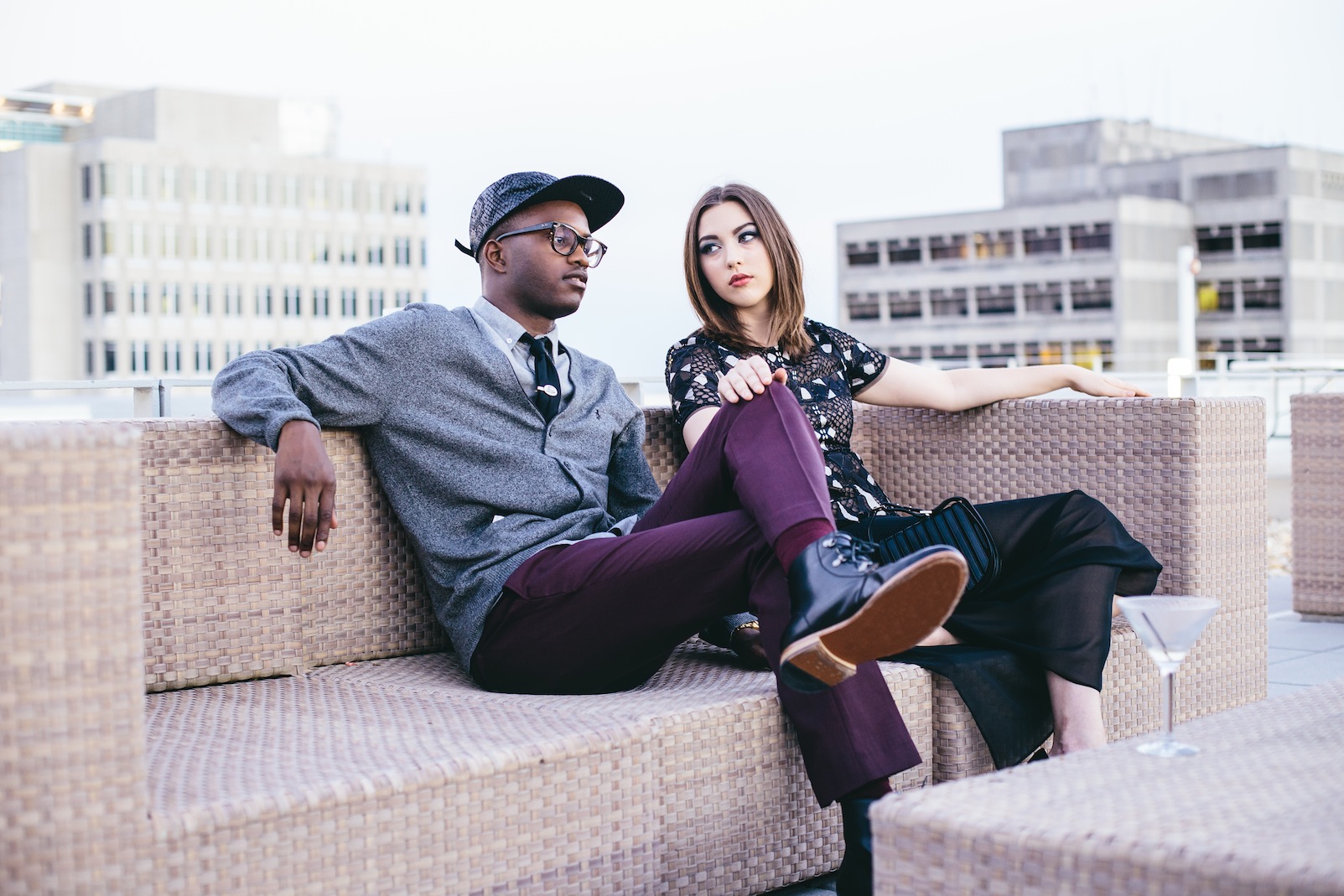
Looking back at 10 years of Baton Rouge style trends
The standout fashion over the past decade
Fashion is cyclical. It is constantly moving, changing and evolving. Following the rise of fashion bloggers and street style stars, what’s “in fashion” today is no longer dictated solely by designers and editors—consumers who use the Internet to show off their style play a role now, too. Fashion has become a collaboration between consumer and designer.
We pulled photos from the 225 style archives to show what was trending in Baton Rouge over the past decade and when the trends started. Some of these trends fizzled out quickly, but others might still be in your wardrobe, perfectly wearable today. —Yuwa Vosper
Bohemian (2005)
The peasant look, sometimes called “bohemian” or “festival chic,” has been modernized every season over the past decade. It is often characterized by flowing maxi skirts, peasant blouses, caftans, florals, fringe and lace.
|
|
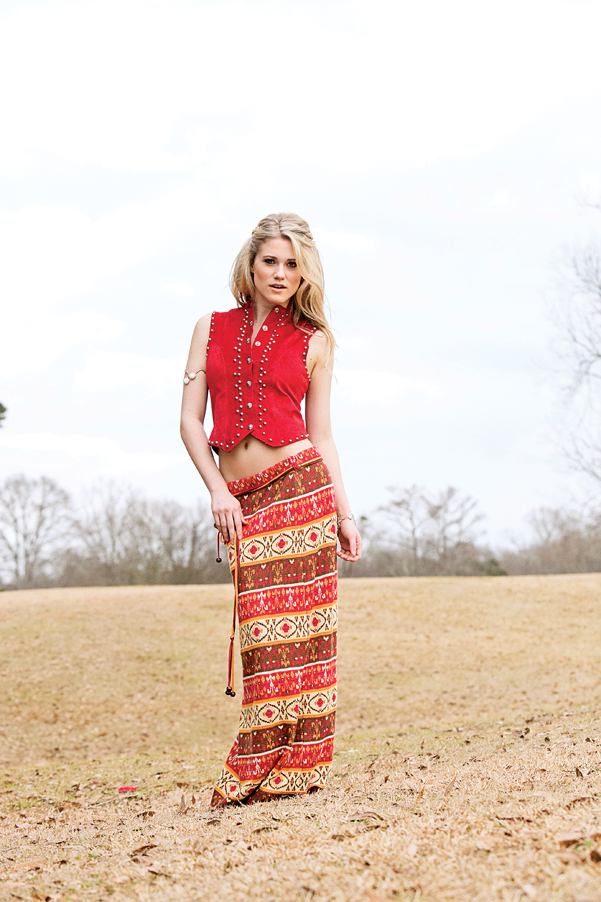
Tall boots (2005)
The popular trend of the 1960s and 1970s made a major comeback in 2005. Today, women modernize boots by wearing them with jeans, dresses and other unexpected combinations.
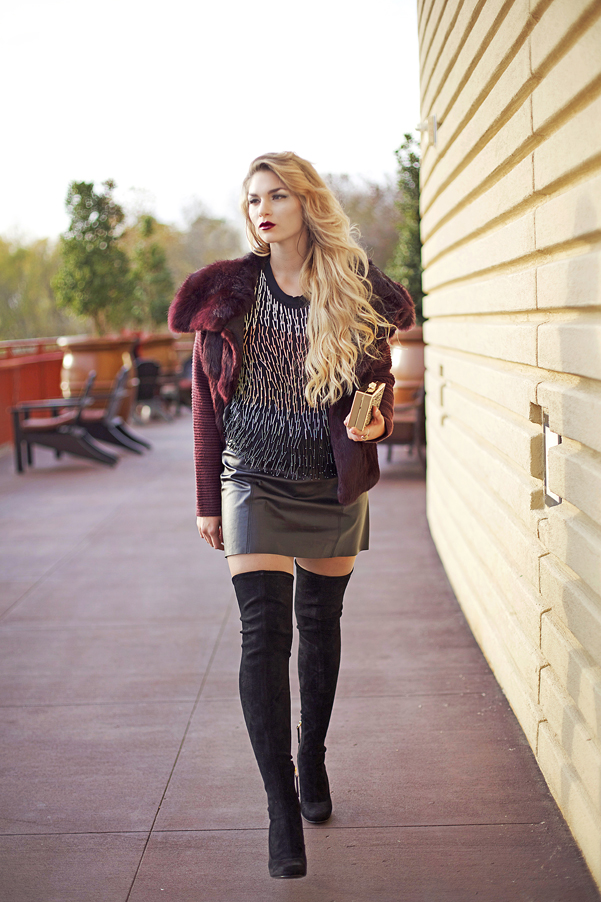
Tunics (2005)
The tunic first originated decades ago and made a comeback in the past 10 years. Often adorned with bright patterns, it is usually worn over jeans or paired with boots or leggings and worn as a dress.
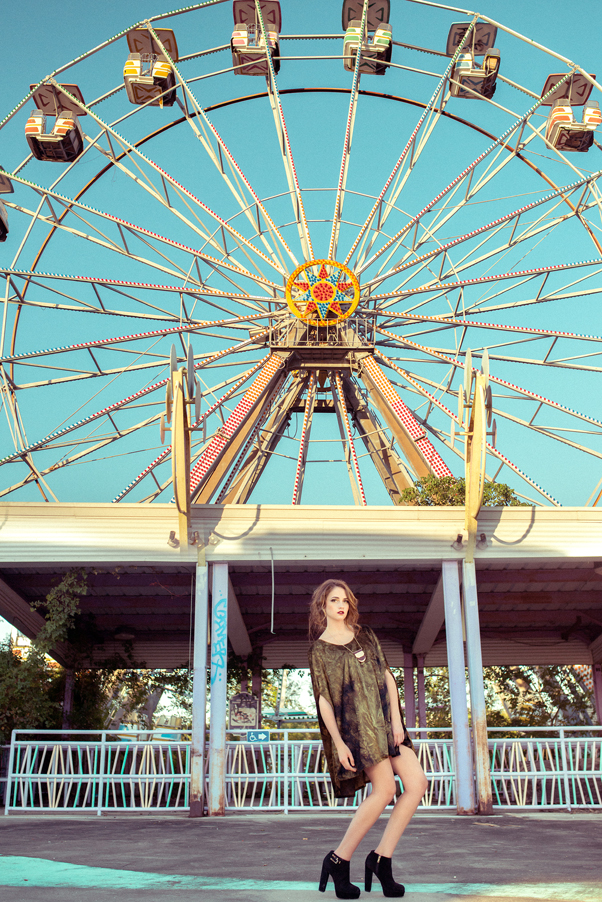
Floppy hats and fedoras (2006)
Women and men had been wearing fedoras long before they became popular again in 2006. Just as appropriate for a sunny beach day as for a chilly winter morning, large-brimmed hats perfectly accessorize any wardrobe.
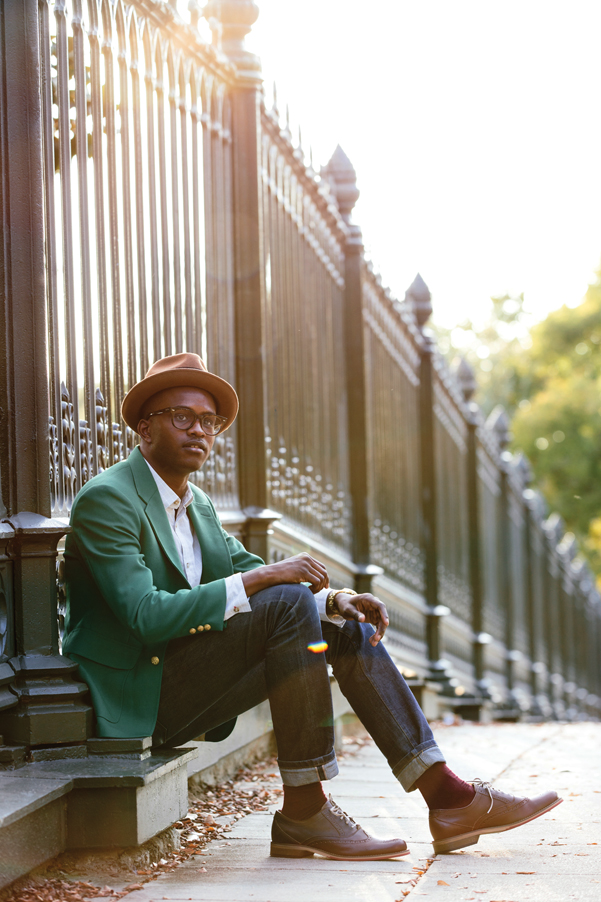
Rompers and jumpsuits (2006)
Not just for children anymore, the romper and jumpsuit are effortless and versatile garments to be accessorized for a glamorous night on the town or worn more casually to an afternoon brunch or tailgate.
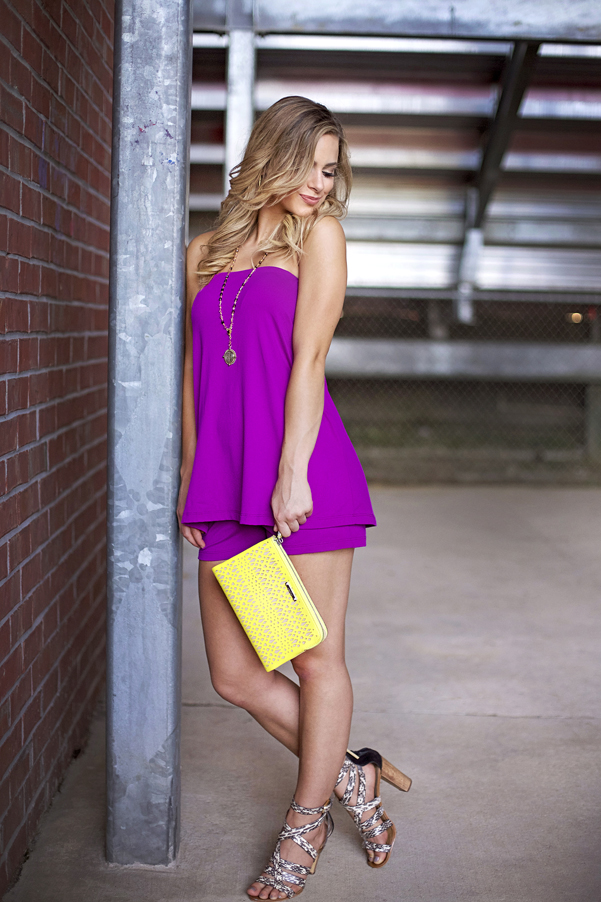
Versatility in men’s suiting (2007)
Around 2007, menswear designers such as Tom Ford and Thom Browne began styling suits with polos, sandals, casual shirts and bowties. Wearing a suit quickly became less about corporate culture and more about showing your personal style.
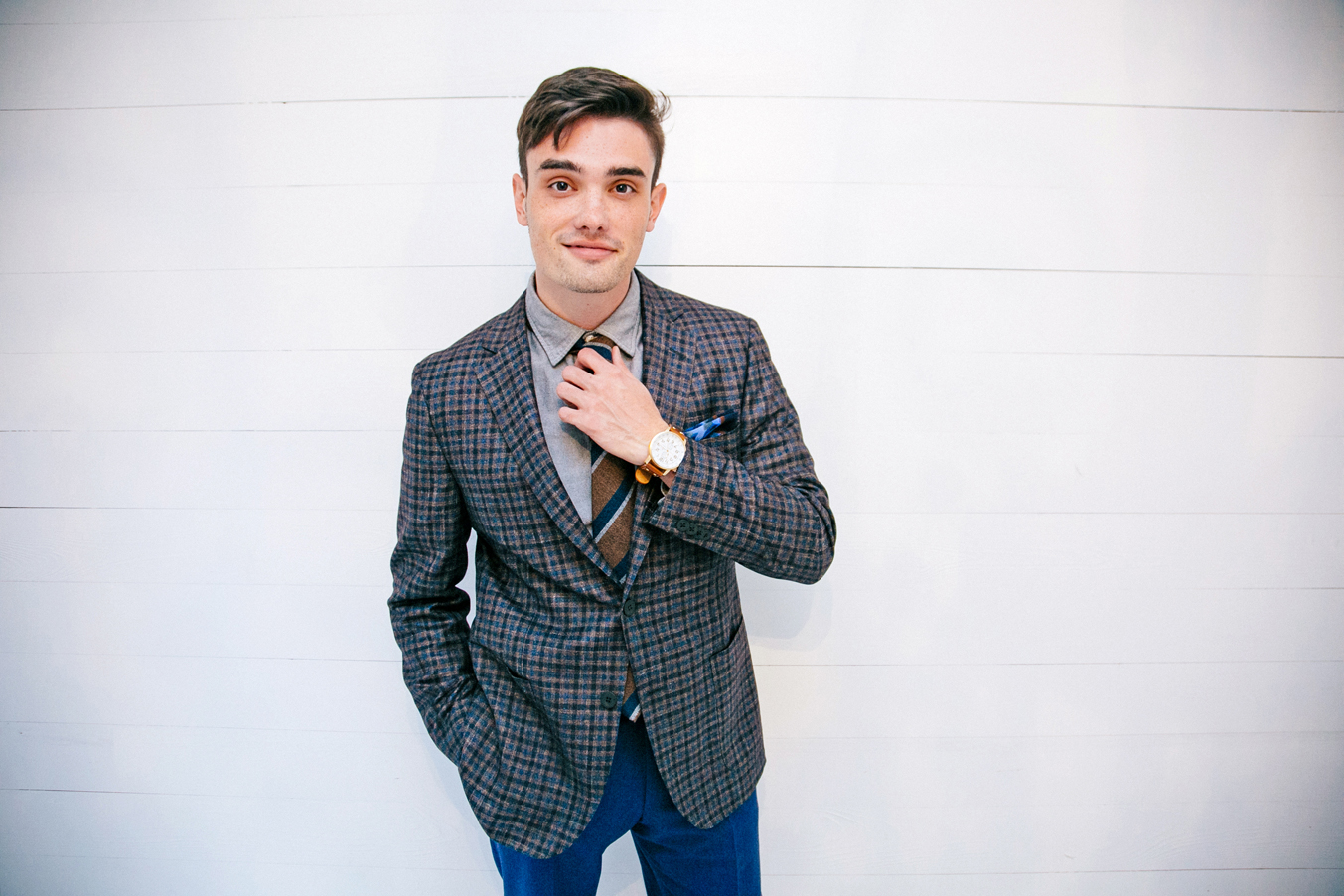
Peplum (2008)
Peplum—a short flare around the waist of women’s shirts or dresses—became a big style trend in 2008 and lasted until 2013.
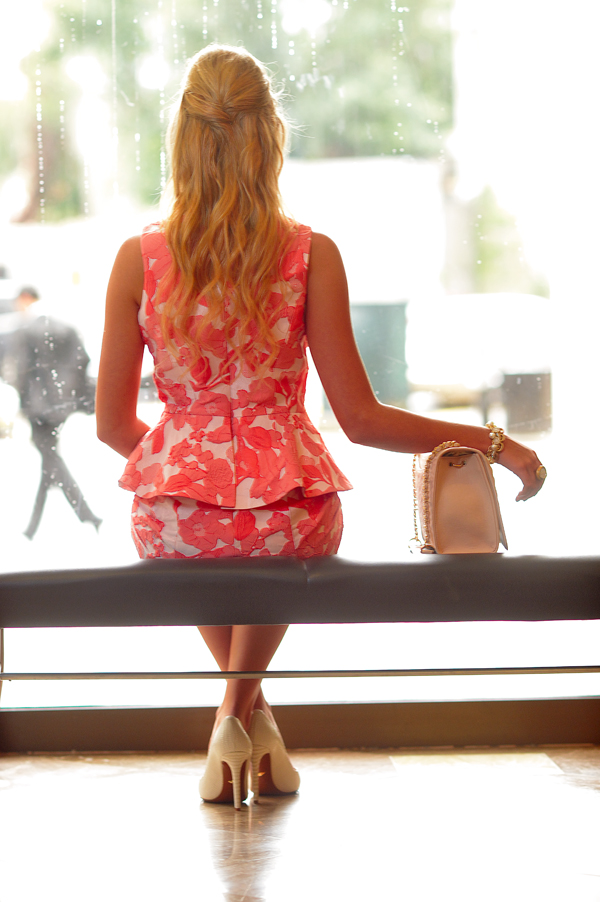
Sneakers at work (2009)
NBA players made a statement by wearing athletic shoes with professional attire. Designers took notice of the cool kicks, and the trend was soon all over the runways—and spotted in Baton Rouge offices.
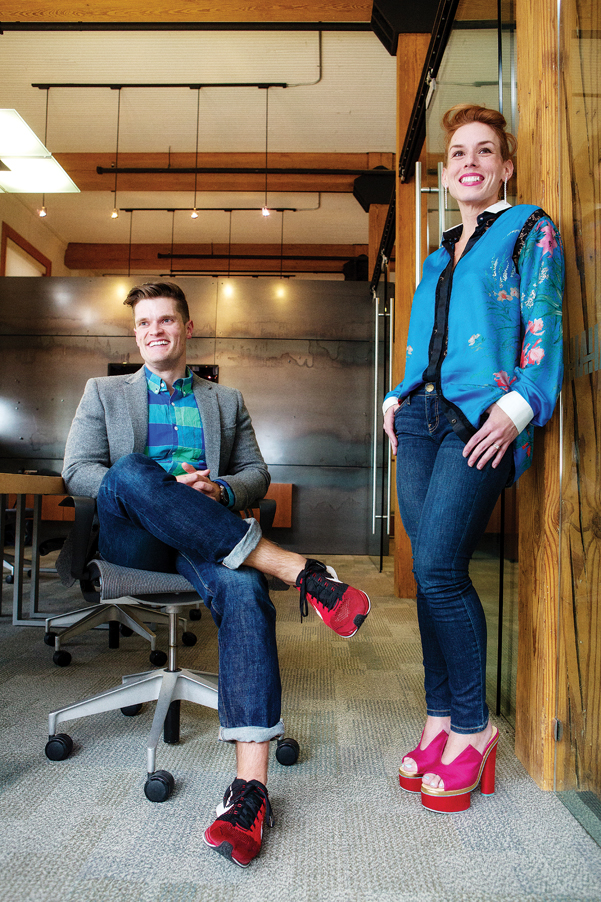
Color blocking (2011)
Color blocking was huge in 2011. Fashion designers styled bold, solid-color pieces together for vibrant pairings such as purple with orange and yellow with teal. Designer Yves Saint Laurent literally translated artwork in his popular 1965 Mondrian dress: Each color block had intersecting black lines and blocks of bold color.
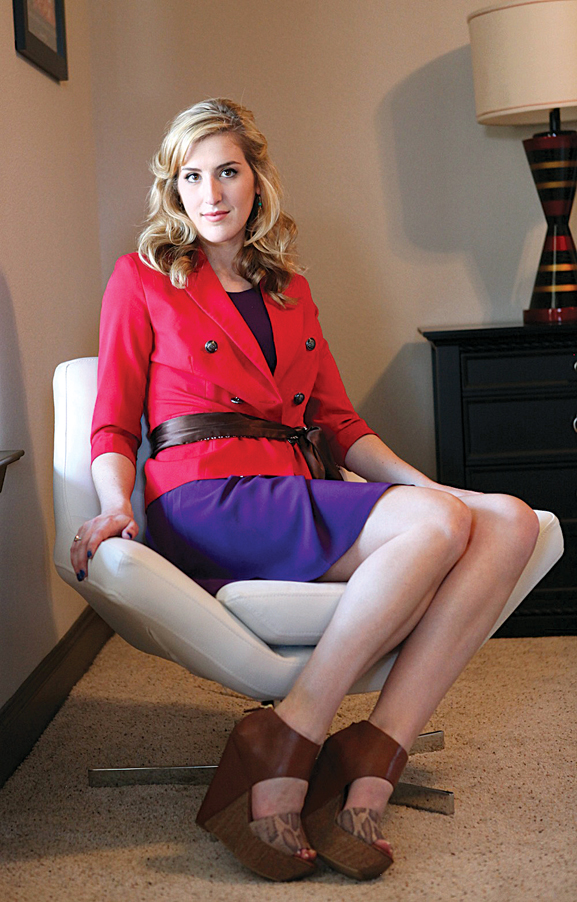
Colored jeans and pants (2012)
In 2012, denim did not just come in vintage and dark washes. Jeans were manufactured in every shade on the color spectrum, from pink and purple to gold and green.
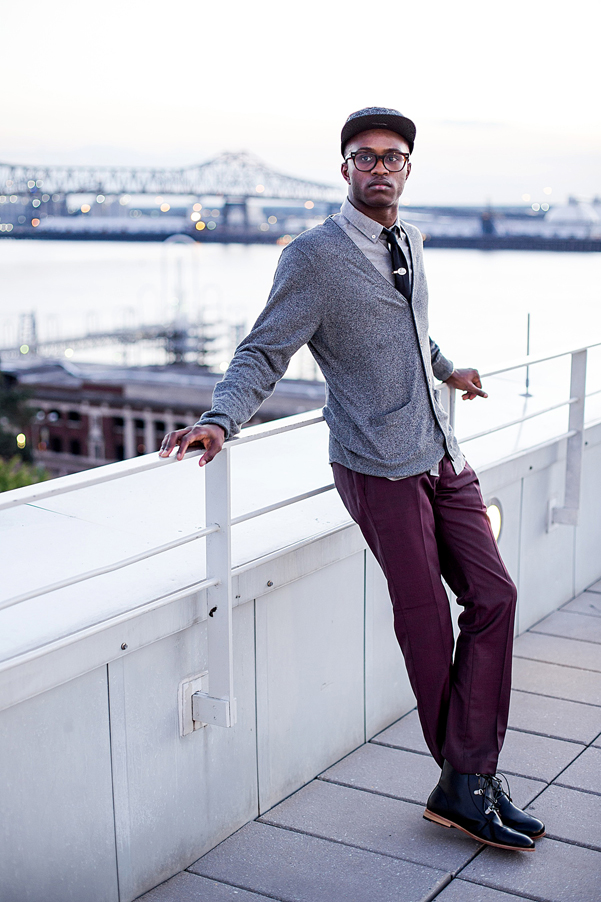
Ankle boots (2012)
The ankle boot has surged in the past decade. Now it comes in several varieties, from wedges and fringe to suede and leather. Ankle boots are versatile enough to wear with dresses, tunics and even shorts.
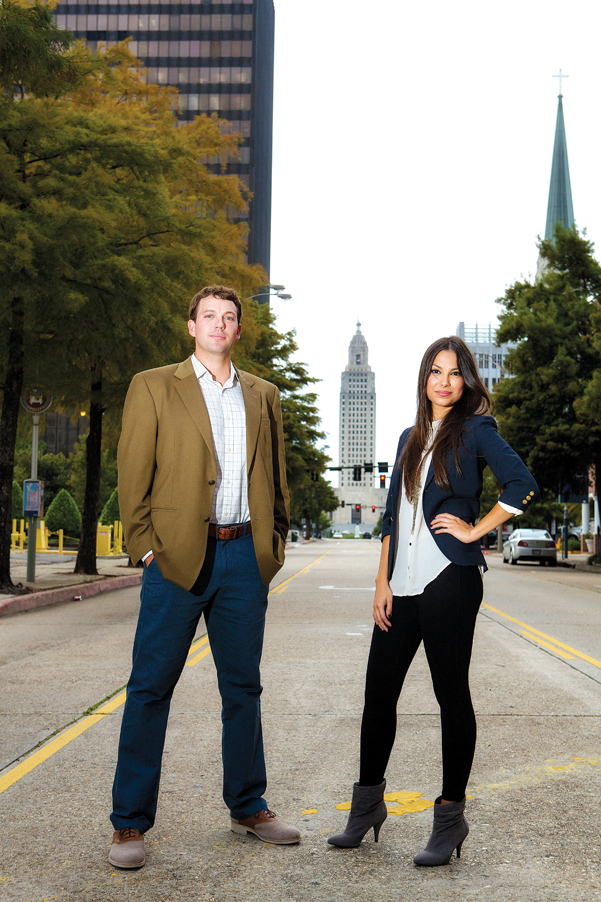
Gandhi or harem pants (2013)
This was a trend popular for both men and women starting in 2013—especially for those who enjoy taking risks with style. Women were often seen wearing the drop-waist version with heels while many male celebrities such as Justin Bieber wore the dhoti version reminiscent of Mahatma Gandhi. The trend has since morphed into the slimmer jogger pants found in most men’s and women’s stores today.
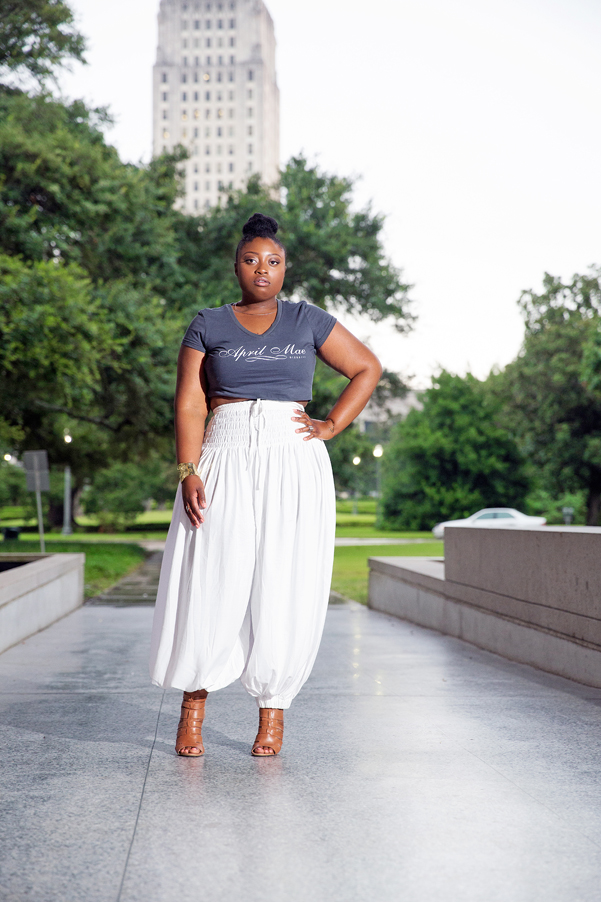
Fringe (2013)
Not just festival attire, fringe is now seen on vests, skirts, boots and shirts in luxurious suede and leather fabrics. Fringe dates back to the 1920s flapper-style Charleston dress.
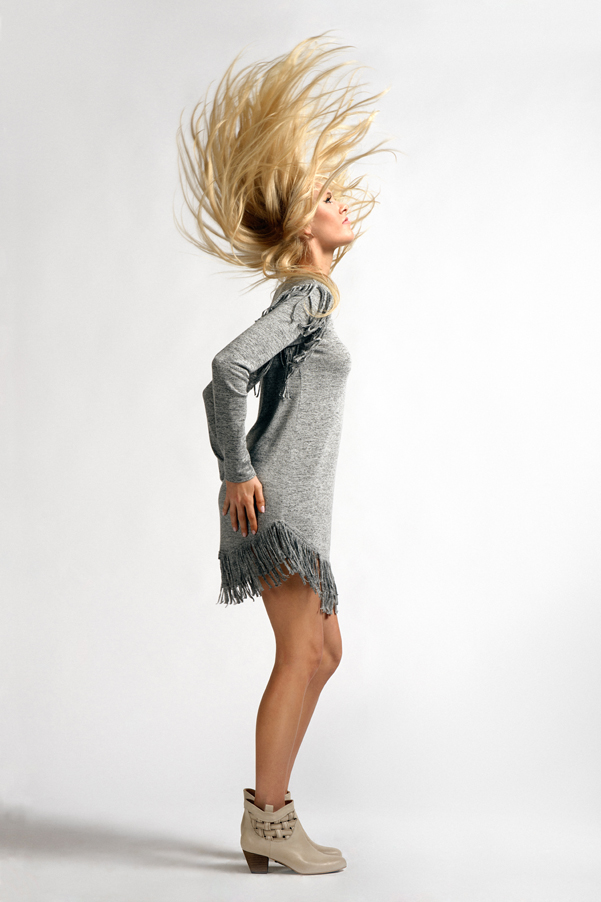
|
|
|
